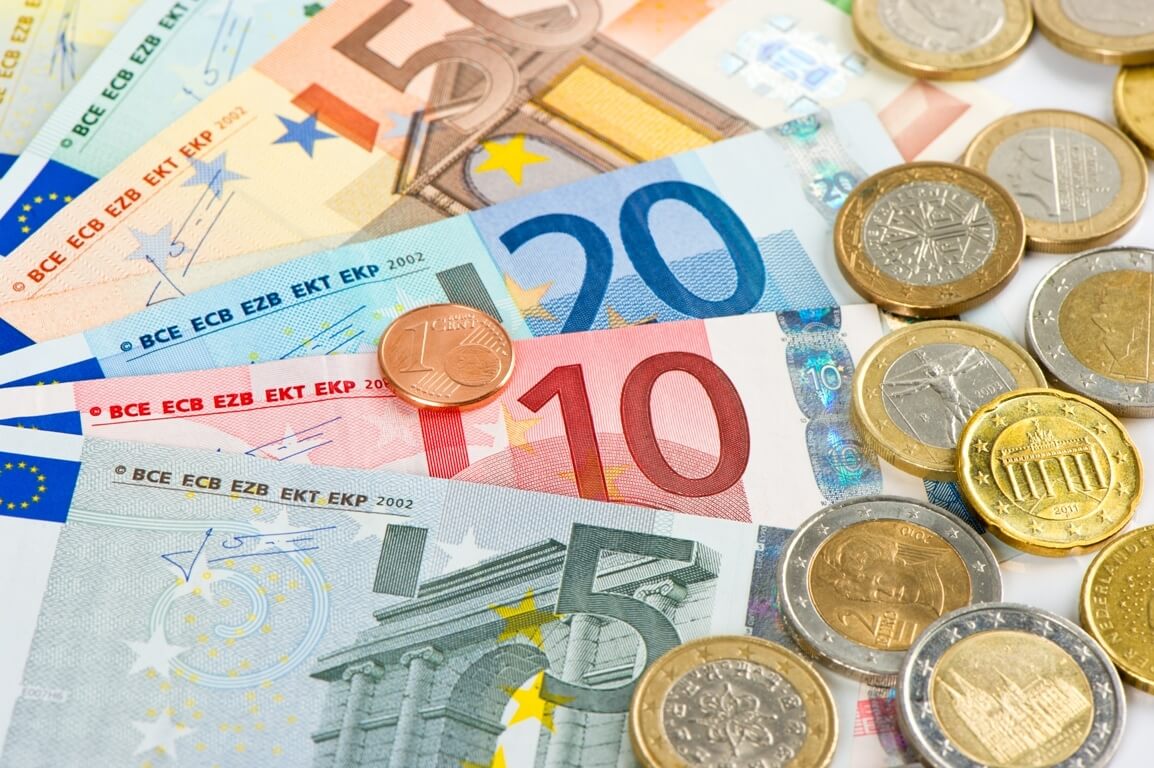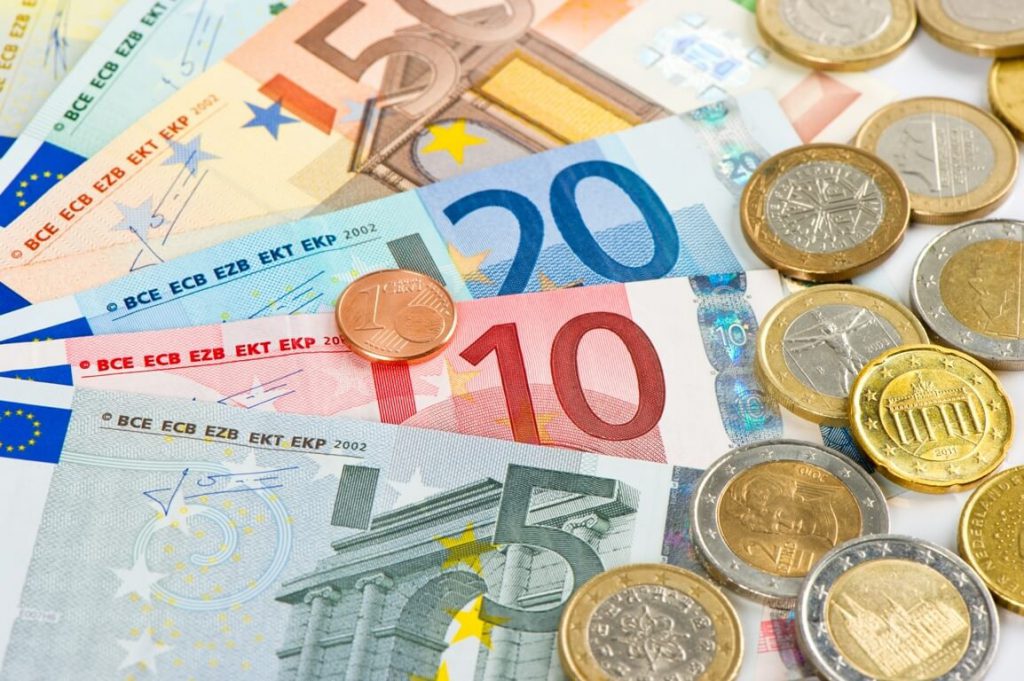
British Pound remained steady Tuesday. How is Euro faring?
Sterling was firm on Tuesday. It halted its rally after gaining nearly 2% during the previous session. Meanwhile, the Euro soared by 0.1% to $0.9855 at last. On the other hand, the U.S. dollar tumbled down due to a positive market mood. Investors moved to riskier currencies instead of safe havens.
Britain dramatically changed its fiscal plans after the latter caused a big uproar in the markets. The analysts expect the Bank of England to delay further starting its sales of billions of pounds of government bonds. The BoE planned to do that to aid government bond markets to stabilize. The government recently introduced a “mini-budget” plan that caused many concerns.
However, new finance minister Jeremy Hunt refused most of Prime Minister Liz Truss’s economic plan on Monday, accepting only parts of it. He also scaled back on her energy support scheme. Hunt is trying to regain investor confidence that the government lost after former finance minister Kwasi Kwarteng introduced on September 23 her plan of making tax cuts.
The British Pound declined by 0.1% against the greenback to $1.1340 on Tuesday after its 2% rally. Charu Chanana, the Saxo Markets’ market strategist in Singapore, noted that the British Central Bank’s plan to delay quantitative tightening is just another step in the U.K. authorities’ coordinated effort to stabilize markets. She also added that it would likely provide some short-term relief for the markets.
What about the Euro?
The common currency also soared to $0.9872, hitting its highest level since October 6. Improved risk sentiment on the forex market, along with a plunge in energy prices, boosted the Euro. According to a new report, a key European benchmark for gas prices dropped to its lowest level in four months.
Chris Turner, the global head of markets at ING in London, stated that the EUR/USD pair went under parity in late August. Trade shock caused by surging energy prices created negative terms on the market for the Euro. However, that energy shock is temporarily abating as European gas prices fall sharply. The weather is warmer than people anticipated, and European governments, in most cases, managed to store enough gas to last this winter.
Meanwhile, the U.S. dollar index dropped by 0.1% at 111.99 against the basket of six major currencies after plunging to its lowest level since October 6.
In Asia, the Japanese Yen continued trading in the red. The declining dollar offered little relief to the struggling currency. The Yen exchanged hands near a 32-year low to the greenback at 149 yen. The USD/JPY pair surged forward by approximately 3% in October after the Bank of Japan intervened for the first time since 1998 on September 22 to support its currency.
On the other hand, the New Zealand dollar continued rallying, adding 1% to $0.5691 on Tuesday. The data showed that consumer inflation in New Zealand was hovering near three-decade highs in the third quarter. After that news, traders bet on further rate hikes from the government.
The Australian dollar also rallied today. Minutes of the Reserve Bank’s last meeting boosted the currency briefly, showing that the bank’s decision to slow the pace of rate increases was perfectly balanced. The Aussie added 0.1% to $0.62990 on Tuesday.
How are the EM currencies faring?
Emerging market currencies traded in the green on Tuesday after starting the week with losses. A decreasing greenback and improved risk sentiment bolstered the currencies. Consequently, South Africa’s rand surged forward by 0.4% against the U.S. dollar.
On Tuesday, MSCI’s index of emerging market currencies soared by 0.2%. At the same time, the stock index jumped by 1.4%, extending its rally to the third consecutive session. However, China’s blue-chip CSI 300 Index dropped as traders watched closely the ruling Communist Party’s twice-a-decade congress this week. The on-shore yuan remained firm today, though.
On the other hand, central and eastern European currencies lowered in early trading. The Polish zloty suffered the most, losing against the euro. In October, the National Bank of Poland (NBP) decided to leave borrowing costs unchanged. But inflation is skyrocketing in the country, and it may cause an economic slowdown.
Many central banks in the region have started to slow their rate increases even with soaring inflation in the picture. However, they need to take action with currencies ending in the red.


